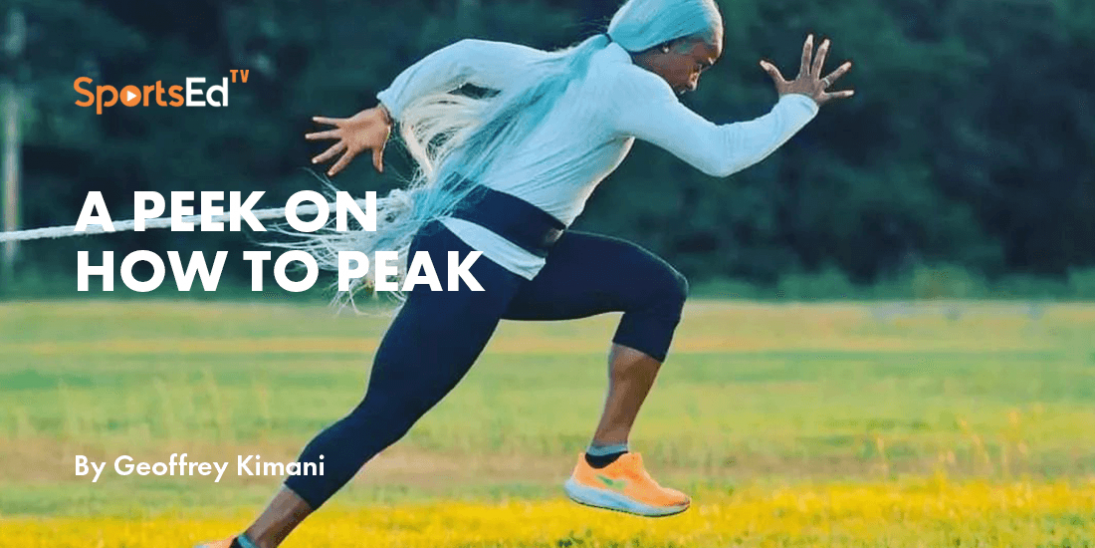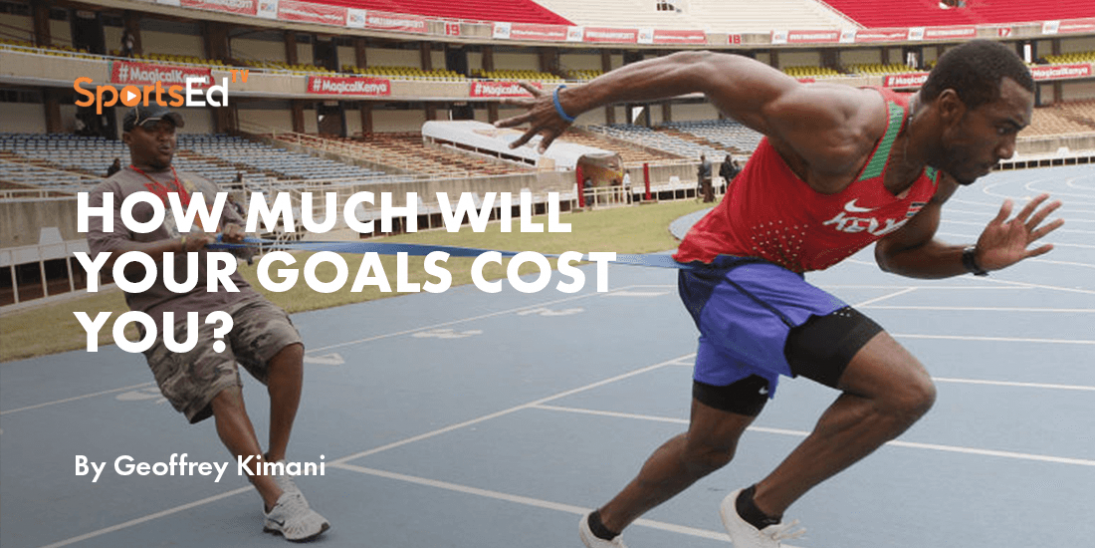Running, Strength And Conditioning
Welcome and thanks for visiting...

The ‘Kick’…Fast Twitch Muscle Fibers and Distance Running
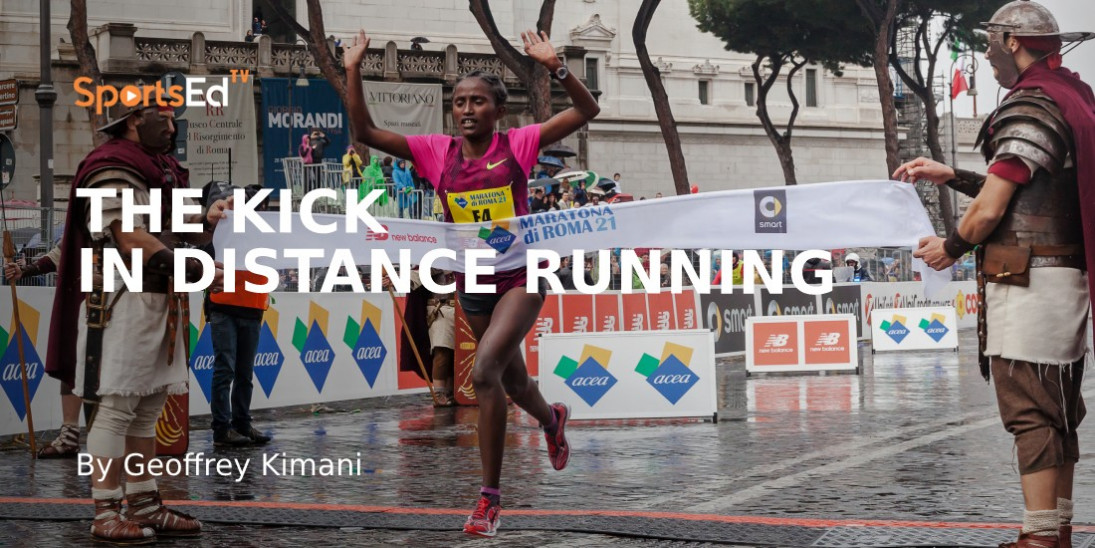
It's not unusual in modern-day distance running to witness a photo finish in the 5k, 10k, or even the marathon.
A close look at such races will reveal that these athletes exhibit extraordinary abilities towards the last meters/laps with huge bursts of speed and power to the tape.
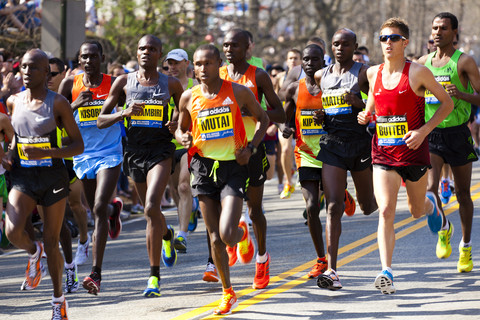
Referred to as the 'KICK', it's the most sought-after skill in distance running… just pounding the courses/tracks at an even pace and hoping that your opponents fade away doesn't count nowadays.
Elite distance athletes possess almost the same qualities in their respective events but it's what extra you've incorporated into your program that sets you apart at crunch time.
No event epitomizes this like the steeplechase--4 and a half laps of endurance, throw-in there accelerations for hurdle clearance, water jumps, etc--the ultimate endurance/speed/power event.
Human beings rely on muscles for initiation of; Motion/Maintenance/Slowing/Rushing etc. The number of muscle fibers in human beings are all equal, however, in our uniqueness, we are blessed with varying amounts of Slow vs Fast-twitch fibers. The more slow-twitch fibers, the better one is at events that require long periods of execution.
The inverse is correct with those with fast-twitch fibers being good at events that require short bursts of speed and power. The bottom line in all this is the ABUNDANCE of given muscle fibers over others.
Distance athletes, therefore, have an abundance of slow-twitch fibers which makes them good at long duration events, however, they still possess fast-twitch fibers but in low quantities. It is these small quantities that they should tap into if they want to improve their Speed and Power.
Fast-twitch fibers need to be trained fast—super fast. A typical speed session for a distance athlete will be made up of 200’s at speeds of roughly 24-25seconds. That’s not good enough to give you an edge when it comes to powerful bursts and change of gears to the finish line.
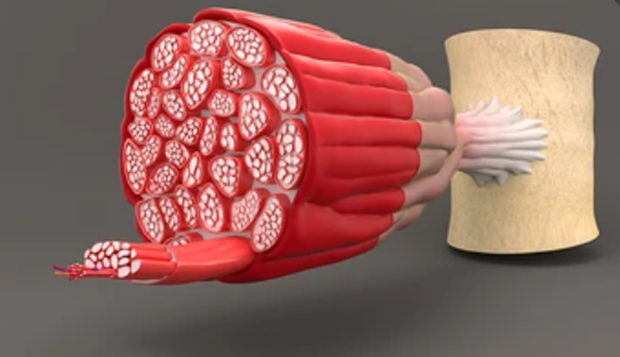
To tap into the fastest of the muscle fibers requires you first to address strength. For example to move faster requires an increase in stride length and frequency all of which are functions of strength, power, and flexibility. You can’t have POWER without STRENGTH!
A good strength program will help keep the body stable and injury-free especially whilst engaging in speed and power exercises. It also enhances good inter/intramuscular coordination.
Simply put, to be able to kick and change gears in the middle of an endurance event calls for good reactive strength and power-driven by our fast-twitch muscle fibers--trained in a specific way.
Reactive strength results from a very quick change from eccentric to concentric muscle actions. These quick successions of actions create stored energy known as SSC (Stretch Shortening Cycle). To create this effect one needs to incorporate plyometrics into their training regimen.
Sample workouts for distance athletes:
Short hills- 40-60m
Accelerate uphill maintaining good posture, drive legs into the ground hard, good arm action, relaxed shoulders, etc.
Mini hurdle hops
Start with 6-inch hurdles then progress to 12/14 inches. Make fast double feet hops over the hurdles. Maintain good strong ankle and knee joints for stability, Pre-activate by dorsiflexing the toes, with short ground contact time (Low amortization), etc.
As competency improves progress to single leg hops, on all planes (Linear, lateral, posterior), bounding, etc. This helps keep the athlete injury-free as muscle imbalances are addressed.
Sprints drills
A skips, A runs, B runs, Shuffles. These are good for teaching proper running technique and engraining it into the neuromuscular system.
Full speed running
Believe it or not, the simplest and most effective plyometric drill of all is sprinting. Do all-out sprints at varying distances but not exceeding 60 meters. These however require long recoveries so give yourself 2-3 minutes per effort.






